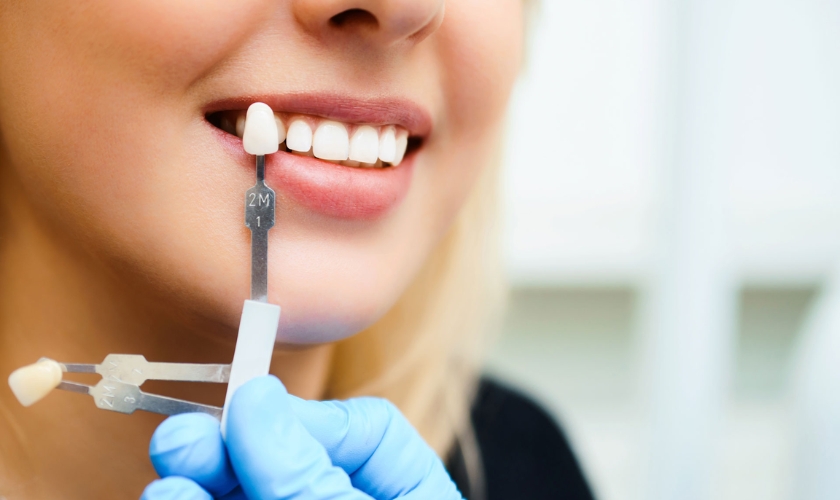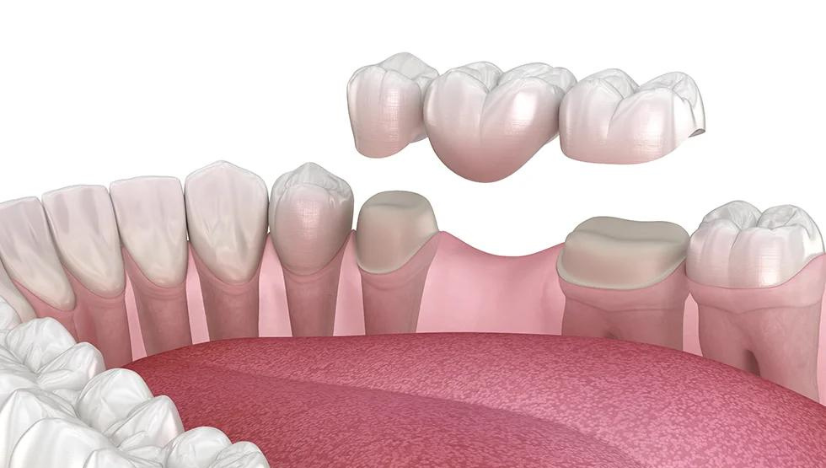
A healthy, well-functioning bite is crucial for oral health and quality of life. When our bite is compromised due to missing or damaged teeth, it can affect not only our ability to eat and speak but also our self-confidence. Fortunately, restorative dentistry offers solutions for bite rehabilitation, which focuses on restoring function and aesthetics. In this blog, we will explore the importance of bite rehabilitation and how restorative dentistry can help achieve it.
What is the Importance of a Healthy Bite
A healthy bite, or occlusion, refers to how your upper and lower teeth come together when you close your mouth. It is a delicate balance that is crucial in our daily lives. Here’s why a healthy bite is so vital:
1. Eating and Digestion: A proper bite allows us to chew our food efficiently, promoting better digestion and nutrient absorption. When our bite is compromised, it can lead to difficulty eating and even digestive problems.
2. Speech: The alignment of our teeth affects our ability to pronounce words. Issues with our bite can result in speech impediments or difficulties.
3. Oral Health: A healthy bite minimizes the risk of dental issues like teeth grinding (bruxism), temporomandibular joint (TMJ) disorders, and gum problems. It can also help distribute biting forces evenly, preventing excessive wear on specific teeth.
4. Self-Confidence: The aesthetics of our smile are closely tied to our bite. Crooked or missing teeth can impact our self-esteem and social interactions.
Common Causes of Bite Issues
Bite problems can stem from a variety of causes, including:
– Tooth Loss: When teeth are missing, the surrounding teeth may shift, altering your bite.
– Tooth Damage: Broken or chipped teeth can affect how your upper and lower teeth come together.
– Malocclusion: This refers to misaligned teeth, such as overbites, underbites, and crossbites.
– Worn Teeth: Over time, teeth can wear down, leading to bite issues.
Restorative Dentistry Solutions for Bite Rehabilitation
Restorative dentistry offers many solutions to address bite issues and restore function and aesthetics. Here are some of the common treatments used for bite rehabilitation:
1. Dental Implants: For missing teeth, dental implants provide a permanent and stable solution. They replace the root of the missing tooth and support a crown, bridge, or denture, helping to maintain a balanced bite.
2. Crowns and Bridges: Crowns are used to restore damaged or weakened teeth, while bridges can replace missing teeth by anchoring to adjacent teeth. These restorations ensure a balanced and functional bite.
3. Dentures: Full or partial dentures can replace multiple missing teeth, restoring your ability to eat, speak, and smile with confidence.
4. Orthodontics: Orthodontic treatments like braces or clear aligners can correct misalignments and bite issues, providing functional and aesthetic benefits.
5. Tooth-Colored Fillings: Tooth-colored fillings can repair cavities and minor damage while maintaining the appearance and function of the tooth.
6. Inlays and Onlays: In cases where a tooth is too damaged for a filling but doesn’t require a crown, inlays and onlays offer a conservative and effective solution to restore the tooth’s function and appearance.
7. Bite Adjustments: In some cases, minor adjustments to the bite can be made to ensure proper alignment and function.
8. Veneers: Porcelain veneers can be used to correct the appearance of teeth and improve your smile’s aesthetics.
The Process of Bite Rehabilitation
Bite rehabilitation often begins with a comprehensive examination and diagnosis by a restorative dentist in South Hills. This involves:
1. Assessment: The dentist will assess the condition of your teeth, the alignment of your bite, and any associated issues like gum health and jaw function.
2. Treatment Plan: Based on the assessment, a personalized treatment plan will be created, outlining the procedures needed to restore your bite’s function and aesthetics.
3. Treatment: The chosen restorative dentistry procedures will be performed. This could require a mixture of treatments to attain the intended outcomes.
4. Follow-Up: Regular follow-up appointments are essential to ensure that your bite is stabilizing and any adjustments can be made as necessary.
The Benefits of Bite Rehabilitation
Bite rehabilitation through restorative dentistry can provide numerous benefits:
1. Improved Function: A properly aligned bite allows for comfortable chewing, clear speech, and optimal digestion.
2. Aesthetics: Restorative dentistry not only restores function but also enhances the aesthetics of your smile, boosting self-confidence.
3. Oral Health: Maintaining a healthy bite minimizes the risk of dental issues and oral health complications.
4. Long-Term Results: With proper care and maintenance, the results of bite rehabilitation can be long-lasting.
A healthy and well-functioning bite is essential for our overall well-being. Restorative dentistry offers a range of solutions to address bite issues, restoring both function and aesthetics. If you’re experiencing problems with your bite, don’t hesitate to consult a restorative dentist to explore the best options for bite rehabilitation and regain the joy of a healthy, functional, and beautiful smile.



